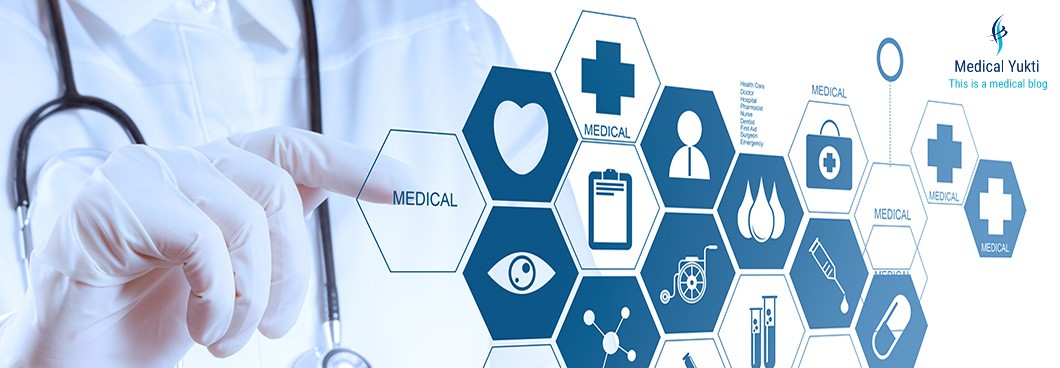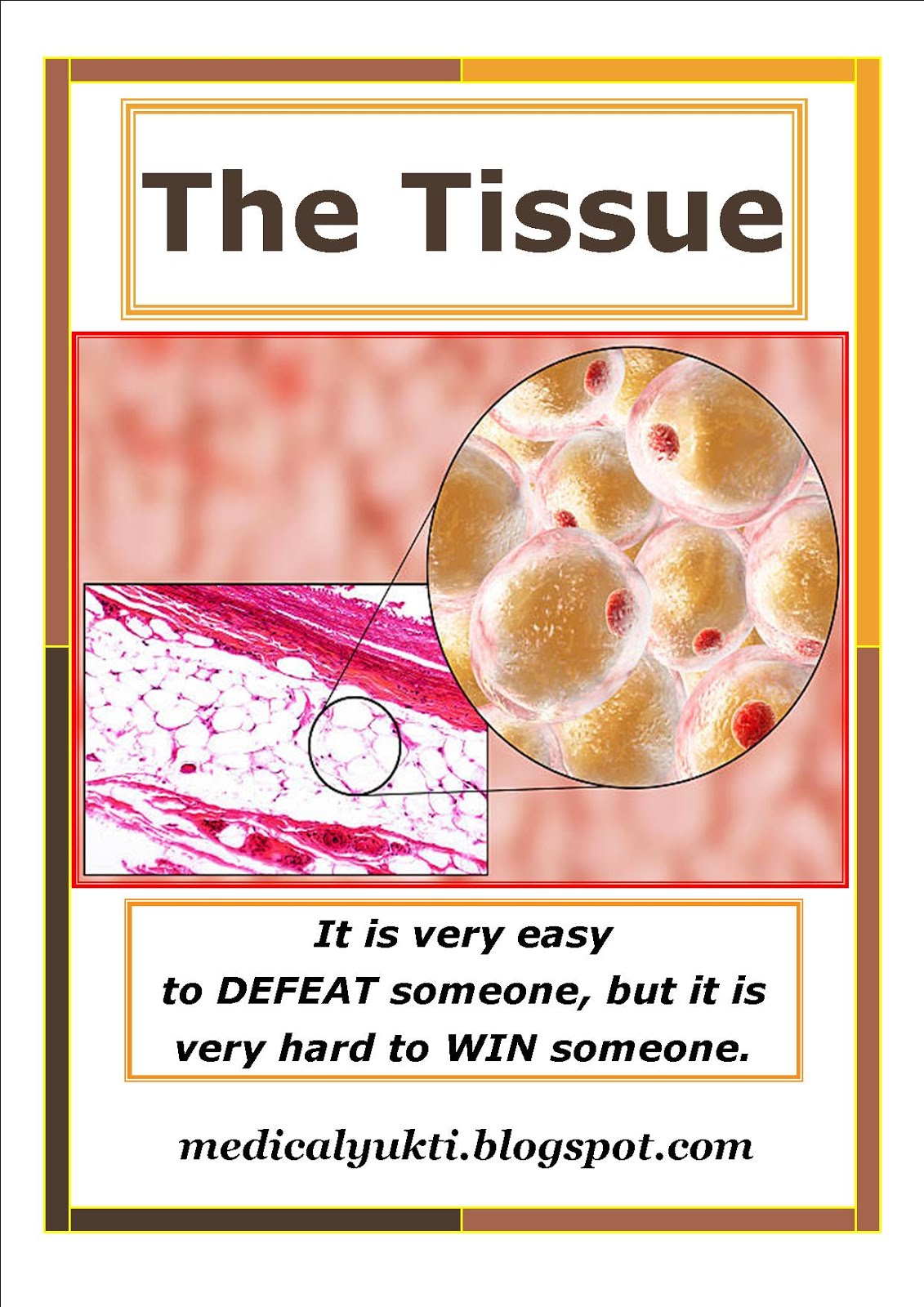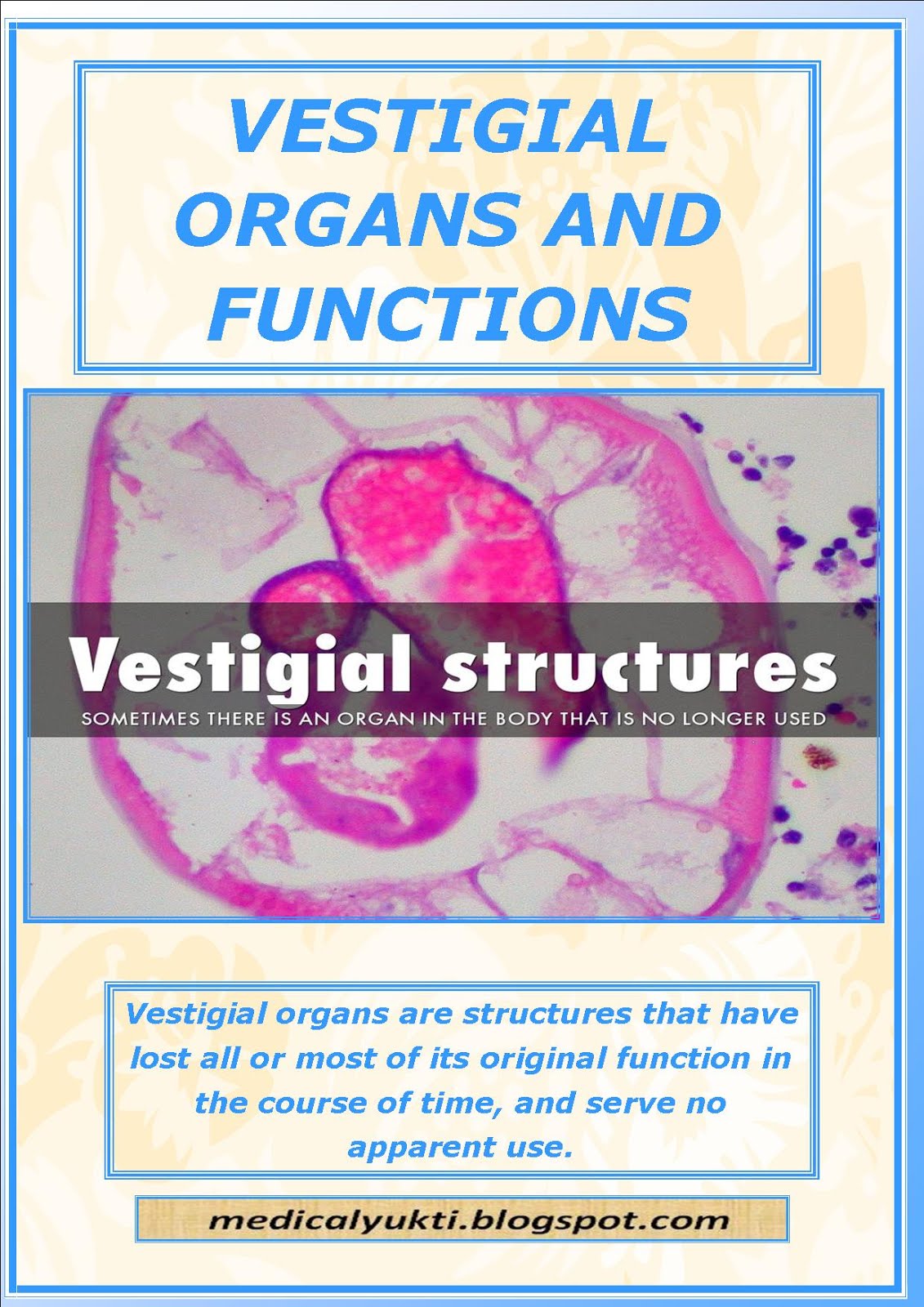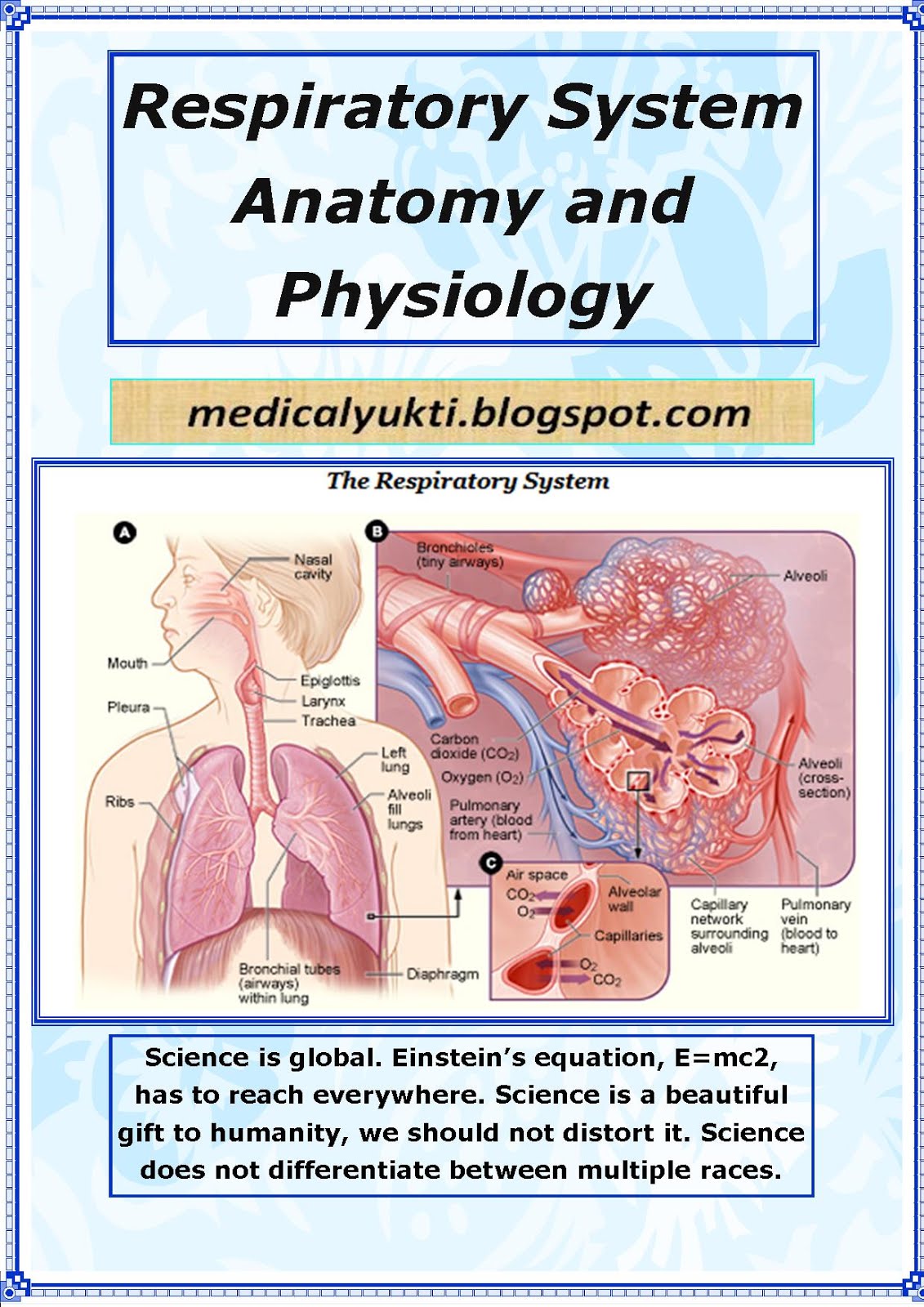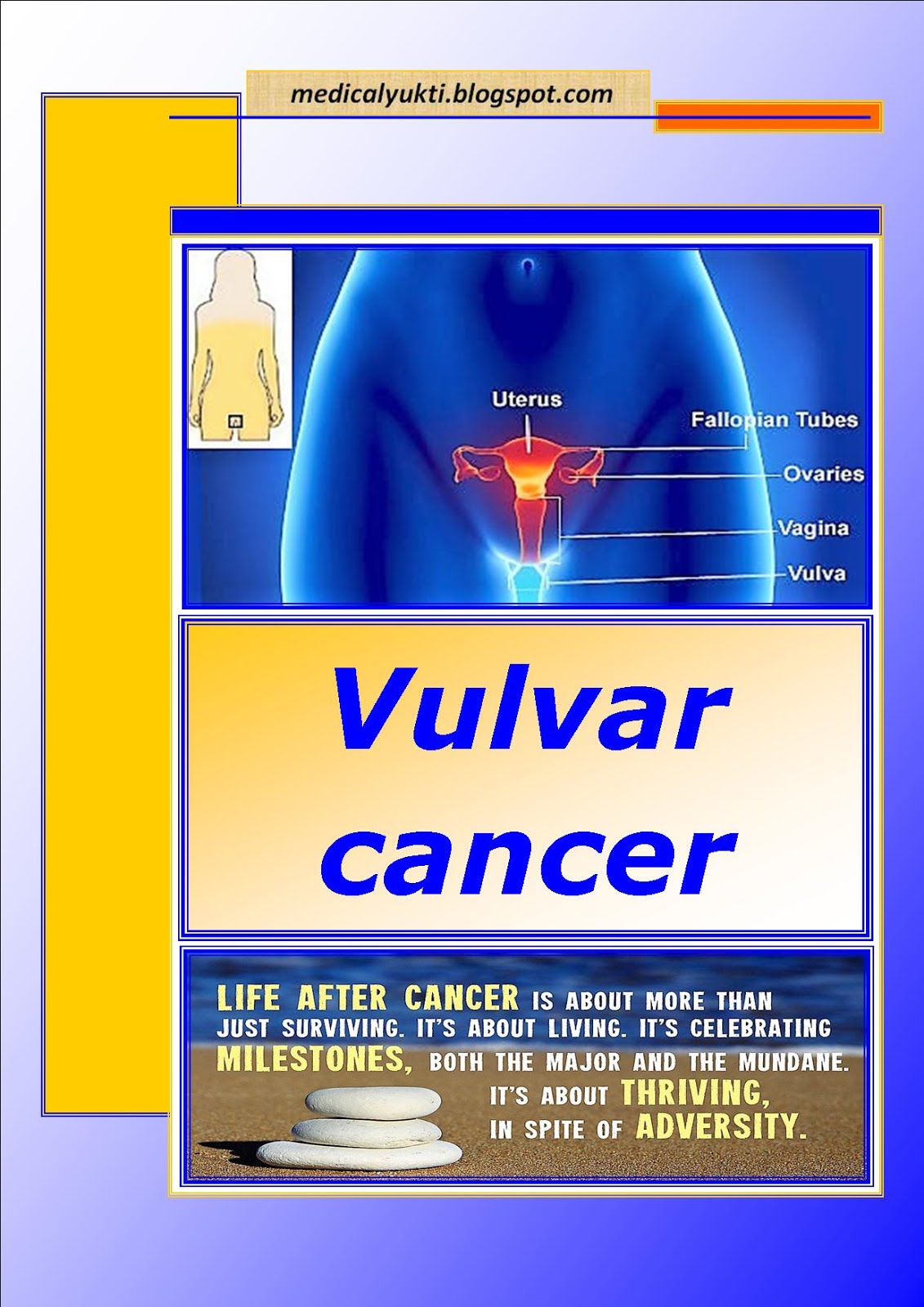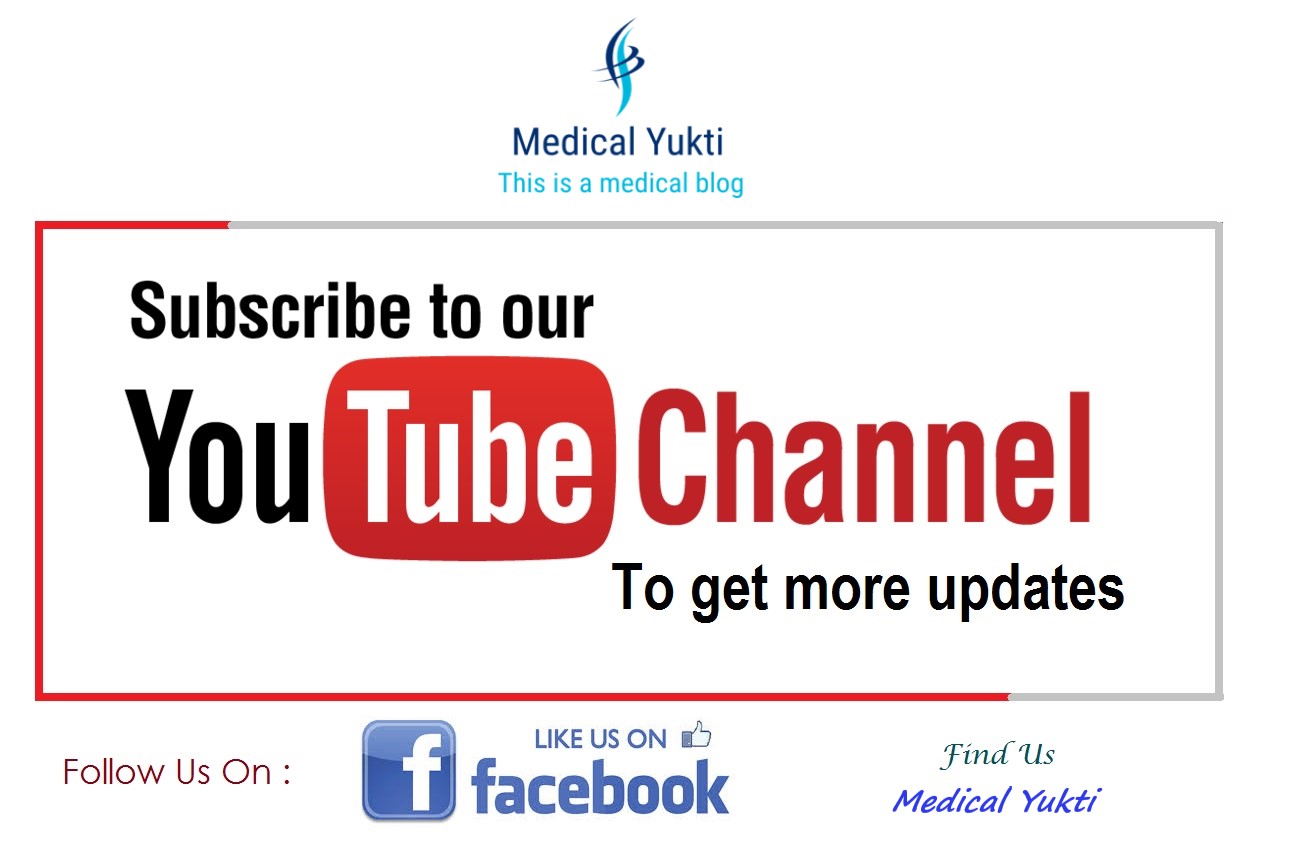The ninth edition of award-winning author Jeffrey Pommerville's classic text provides nursing and allied health students with a firm foundation in microbiology, with an emphasis on human disease. An educator himself, Dr. Pommerville incorporates accessible, engaging pedagogical elements and student-friendly ancillaries to help students maximize their understanding and retention of key concepts. Ideal for the non-major, the ninth edition includes numerous updates and additions, including the latest disease data and statistics, new material on emerging disease outbreaks, an expanded use of concept maps, and may other pedagogical features. With an inviting "Learning Design" format and Study Smart notes to students, Alcamo's Fundamentals of Microbiology, Ninth Edition ensures student success as they delve into the exciting world of microbiology.
Monday, April 30, 2018
Lippincott’s Illustrated Reviews: Microbiology
Microbiology Well-known and widely used for their hallmark illustrations, Lippincott’s Illustrated Reviews bring concepts to vibrant life. Students rely on LIR for quick review, easier assimilation, and understanding of large amounts of critical, complex material.
• Outline format and full-color illustrations: More than 400 color illustrations and color-coded summaries provide key information at a glance and helpful visual explanations
• Illustrated case studies and questions to support USMLE prep: Expanded discussions reinforce key concepts and review questions with detailed rationales allow for self-assessment
• New bookmark features mini-index of important microorganisms for quick and easy reference
"Microbiology can be an overwhelming topic, but the pictures, concise descriptions, and parallel structure of each chapter helps to make the subject easier to understand and digest.” – Amelia Keaton, medical student
"I think this book better meets the needs of the market because of its review chapters and disease summaries, its review questions, and its excellent photographs of clinical manifestations of microbial disease.
Medical Microbiology Flexibook
While medical and hygienic developments have driven down the mortality rates of infectious diseases, pathogenic microorganisms are still a major factor in everyday clinical practice. They are still the most frequent cause of death in Third World countries. New and incurable infectious diseases are a worldwide problem. It is inescapable, therefore, that modern medicine must redouble its efforts to understand the relationship between microorganisms and humans and continue to lead the search for new therapies. The following five subject areas are covered:ImmunologyBacteriologyMycologyVirologyParasitologyThis book provides a clearly focused and richly detailed review of the entire field of medical microbiology.It is both a textbook for students of medicine and dentistry and a useful companion for medical technicians and laboratory assistants, both at school and in the laboratory. It will also serve as a handy work of reference for clinical practitioners.The book is structured with teachability in mind: The many color illustrations and microscopic images render complex themes readily accessible. Summaries at the beginning of every chapter, a color-coded reference guide and detailed diagnostic tables make this an excellent sourcebook for rapid learning and quick reference. A list of important internet addresses in the appendix will help the book's users keep abreast of cutting-edge research.
Casebook of Orthopedic Rehabilitation: Including Virtual Reality
This book is a companion text to Orthopedic Rehabilitation, Assessment, and Enablement by the same author, but can be used independently. Through real life examples, it illustrates the rehabilitation ideas and principles taught in the companion text, ranging from conditions seen daily by the orthopedic surgeon or primary care physician to more challenging conditions.
It also covers newer paradigm shifts in the management of osteoporosis and new technologies. In addition, the book highlights the uses of the computers and virtual reality in the field of orthopedic surgery. Coverage ends by stressing the importance of tele-rehabilitation.
gSource® Orthopedic reSource for Surgical Instruments
gSource is committed to putting the finest instruments into the hands of surgeons and their teams.
Not all instruments are created equal. Adequate for the job is, in reality, inadequate. A better instrument reduces distractions and facilitates operations. A better instrument helps a surgeon perform at his/her best. A better instrument leads to better results. gSource provides better instruments.
Orthopedic Focus
We are more than a source for quality instrumentation. gSource is an advocate for the orthopedic community. We can be relied upon to provide superior instrumentation for spinal and orthopedic procedures, and do so in a time-critical fashion.
gSource Attributes
Whether crafted from German surgical stainless steel, or machined from U.S. surgical stainless steel, our instruments are recognized by their finely finished surface. They are designed to perform with precise surgical function and are also conceived to be affordable. It is this combination that distinguishes the gSource brand.
Essentials of Orthopedic Surgery
Essentials of Orthopedic Surgery is guidance for identifying and treating the most commonly seen orthopedic problems in children and adults. Convenient as a study source for medical students, its many photographs and illustrations will also serve as a useful clinical reference for young surgeons, residents, nurses, and physician assistants.
Each of the many topics is covered in depth and is designed to educate medical students and steer them towards formulating excellent diagnoses and treatment plans. As a further aid, multiple-choice questions are included at the end of each chapter, and there is a section devoted to case studies.
Current Essential Orthopediac
CURRENT Essentials: Orthopedics
“Nutshell” information on the diagnosis and treatment of the 200 most common orthopedic diseases and disorders
One disorder per page, with bulleted lists for easy access
Covers all relevant procedures, from adult reconstructive surgery to foot and ankle surgery
ICD9-CM codes for each topic, allowing you to code and classify morbidity data after making the diagnosis
Included in each topic--
- Essentials of Diagnosis
- Differential Diagnosis
- Treatment
- Pearl
- Reference
- Handy tabs that give you point-of-care answers in an instant
Sunday, April 29, 2018
Lecture Notes: Orthopaedics and Fractures
Lecture Notes: Orthopaedics and Fractures reflects recent changes to medical education and includes new management techniques. Divided into two major sections, 'General Principles' covers form and function, fractures, trauma and musculo-skeletal disorders; while 'Regional Orthopaedics' covers the examination of and conditions affecting individual regions of the body i.e. foot and ankle, spine and trunk. This ensures the content is integrated to allow better and easier navigation.
Featuring an extensive collection of X-rays and photographs of orthopaedic conditions, Lecture Notes: Orthopaedics and Fracturesis ideal for any medical students, junior doctors, nurses or allied health professionals who want a core introduction to this important specialty.
Fractures of the Cervical, Thoracic, and Lumbar Spine
This reference focuses on individualized spinal injury assessments, immobilization techniques, nonoperative and operative indications, operative fixation strategies, and prognoses. Containing over 1900 references, Fractures of the Cervical, Thoracic, and Lumbar Spine is an invaluable resource for orthopedic, spinal, and trauma surgeons; neurosurgeons; emergency medicine physicians; and neurologists; and residents, nurses, and medical school students in these disciplines.
Experimental Research Methods in Orthopedics and Trauma
This book provides a comprehensive summary of all current research methodologies for translational and pre-clinical studies in biomechanics and orthopedic trauma surgery. With this "roadmap" at hand, specialists and trainees will have the tools to conduct high-quality experimental research in any area of musculoskeletal science, with a solid understanding of how the findings can be applied in patient care.
Special Features:
Utilizes the principles and methodology of modern, evidence-based medicine in pre-clinical musculoskeletal research Offers a comprehensive analysis of in vivo models for studying different components of the musculoskeletal system
Demonstrates how principles of structural, functional, and numerical biomechanics can be utilized in well-defined experimental research studies
Demonstrates how principles of structural, functional, and numerical biomechanics can be utilized in well-defined experimental research studies
spanning topics from fracture fixation to gait analysis to bone remodelingCovers the role of new macroscopic CT and ultrasound imaging techniques for assessing bone and cartilage function
Explores cutting-edge developments in cell culture research, molecular testing,
and tissue engineering Provides practical advice, a glossary of key terminology, and hundreds of illustrations to familiarize
Explores cutting-edge developments in cell culture research, molecular testing,
and tissue engineering Provides practical advice, a glossary of key terminology, and hundreds of illustrations to familiarize
clinicians with every aspect of designing and interpreting an effective research
study
study
Emergency_Orthopedics_6th_Edition_2011
Emergency Orthopedics offers authoritative evidence-based information in a practical and clinically useful manner. Whether you're seeking a quick answer to an anatomical question or confirming a diagnosis, Emergency Orthopedics has everything you need to know about the mechanisms of musculoskeletal injuries, along with recommended imaging studies, treatment guidelines, and possible complications.
The sixth edition represents a major rewrite of the text. A new section on spinal injuries and disorders is included.
- 900 illustrations, including NEW full-color clinical photographs and illustrations and half-tone radiographic images.
- Fractures are categorized according to degree of complexity, treatment modality, and prognosis ' a system most relevant to the emergency physician.
- A fracture index provides a rapid method for the busy physician to navigate the text and find pertinent information.
- Axioms throughout the text serve as rules by which the emergency physician should practice.
CASE COMPETENCIES in ORTHOPAEDIC SURGERY
Case Competencies in Orthopaedic Surgery is a centralized, easy-access guide to preparing for cases most commonly encountered during training. Written by expert author teams consisting of both attending surgeons and residents, it follows a technique-based format and design that summarizes the surgical steps, from room set-up to closure, of all cases relevant to the 15 categories of "Orthopaedic Surgery Case Minimums" as determined by the ACGME.
- Expert Consult eBook version included with purchase. This enhanced eBook experience allows you to search all of the text, figures, images, and videos from the book on a variety of devices.
- Forty "technique-based chapters" boast an outline format with minimal text, high-definition intraoperativefigures, and original illustrations, plus annotated step-by-step videos for the majority of cases.
- Each chapter contains easy-to-use tables outlining the surgical steps, essential equipment, technical pearls, and common pitfalls of each case.
- Includes coverage of today's hot topics in orthopaedic surgery, such as fractures, arthroscopy, arthroplasty, "bread and butter" pediatric cases, and basic subspecialty cases (spine, foot and ankle, oncology, hand, shoulder, and more).
A Manual of Orthopaedic Terminology
A Manual of Orthopaedic Terminology has been a companion reference for anyone who needs the most up-to-date terms, acronyms, and codes terms relating to clinical orthopaedics and research. Portable and easily accessible, this authoritative compilation categorizes and cross-references terms to enable those unfamiliar with orthopaedics to locate a term in its proper context. Unlike a traditional A-Z dictionary format, terms are organized by topic―facilitating faster search results with related terms appearing on the same or immediately adjacent page.
- Understand basic science terms as they relate to clinically relevant issues.
- Clarifies terms used in injury and insurance claims with immediately neighboring relative terms.
- Find information quickly with chapters organized by topic for easy reference.
- Stay abreast of the latest terminology with new terms provided by contributors who are orthopaedic researchers from across the country and whose expertise provides current information on terminology and procedures.
- Understandable to the lay reader and the professional with new illustrations, formatting, and tables clarifying disease processes.
- Confer on the go with an easy-to-carry pocket size and online access to the complete text on Expert Consult, which also includes an enhanced eBook version at no extra cost!
The Neurologic Examination A Programmed Text
The purpose of this textbook is threefold:
(1) to teach how to conduct a neurologic examination,
(2) to review the anatomy and physiology for interpreting the examination, and (3) to show which laboratory tests help to clarify the clinical problem. This is not a differential diagnosis text or a systematic description of diseases.
Anyone who sets out to write a textbook should place the manuscript on one knee and a student on the other. When the student squirms, sighs, or gives a wrong answer, the author has erred. He should correct it right then, before the ink dries. That is the way I have written this text, on the basis of feedback from the students.
The peril of student-on-the-knee teaching is that, even though the student moves his lips, the words and voice remain the teacher’s. To escape from ventriloquism, my text relies strongly on self-observation and induction. First, you learn to observe yourself, not as Narcissus, but as a sample of every man. Whenever possible, you study living flesh, its look, its feel, and its responses. Why study a textbook picture to learn the range of ocular movements when you can hold up a hand mirror? Why memorize the laws of diplopia if you can do a simple experiment on yourself whenever you need to refresh your memory? In the best tradition of science, these techniques supplant the printed word as the source of knowledge. The text becomes a way of extending your own perceptions, of looking at the world through the eyes of experience.
Color Atlas of Neurology
Every practitioner in modern medicine is confronted daily with neurologic symptoms, diagnoses and clinical problems. Yet there is scarcely any other medical specialty that is so fraught with complexities and abstractions. This pocket atlas is designed to provide a better, easier-to-understand visual guide on what the reader needs to know about neurology. In a unique way, neurology is made visible in the truest sense of the word.
Coverage includes:
- The basic principles of neuroanatomy and neurophysiology (structure of the CNS, peripheral nerves, stimulus transmission, nerve conduction velocity, etc.)
- Diagnostic methods and procedures (clinical examinations, electrophysiologic techniques, imaging studies, etc.).
- Neurologic disorders including their clinical manifestations, pathogenesis and principles of treatment.
These topics and more are covered in elaborately drawn, meticulously labeled illustrations. The effective concept of placing the illustrations opposite the descriptive text for a particular subject has created word-and-picture units that combine maximum teaching impact with an optimum density of information. Neurologic relationships can be grasped literally at a glance. This pocket atlas is intended for medical students, physicians and other medical professionals (nurses, physical therapists, occupational therapists, speech therapists) who could profit from a visual guide to neurology.
Saturday, April 28, 2018
Essential Microbiology for Wound Care
Essential Microbiology for Wound Care is an indispensable reference aid that covers the key areas and science of microbiology from a point of view relevant to wound care practitioners wishing to enhance their skills.
Written by specialists in the areas of microbiology and wound care, the book explains the basic science of microbiology and how it applies to wound care from simple infections to complex non-healing wounds, covering areas such as the diagnosis of infection, antimicrobial agents, virulence, and the treatment of infection, and infection control. Current thought in the field is also discussed, covering the improved understanding of the role of microorganisms and biofilms, newly-arising management strategies, and the increasing concern about the rapid development of antimicrobial resistance and how this may impact the administration of antibiotics in the future. Prevention and alternative forms of treatment in the field of wound care for the diabetic foot, burns, acute, and chronic wounds are also included.
From the basic science to biofilms, Essential Microbiology for Wound Care provides a thorough understanding of the basic principles of microbiology in an accessible style that makes it a key reference in the field of wound care.
Microbiology - An Introduction 10th edition by Tortora, Funke and Case
The book signals core microbiology content to students with the new and highly visual Foundation Figures that students need to understand before moving forward in a chapter. Second, the book gives students frequent opportunities for self-assessment with the new Check Your Understanding questions that correspond by number to the chapter Learning Objectives.
Then, a new “visual learning” orientation includes: an increased number of the popular Diseases in Focus boxes, newly illustrated end-of-chapter Study Outlines that provide students with visual cues to remind them of chapter content, and new end-of-chapter Draw It questions.
ENT_ An Introduction and Practical Guide, Second Edition
ENT: An Introduction and Practical Guide provides an essential introduction to the clinical examination, treatment and surgical procedures within ENT. It encompasses the conditions most commonly encountered in the emergency setting, on the ward and in the outpatient clinic.
With its highly practical approach and step-by-step guidance,this book will be invaluable for all surgical trainees studying for higher postgraduate examinations in ENT, as well as an essential guide for otorhinolaryngologists, primary care practitioners and specialist ENT nurses in the early years of training.
Emergency Dermatology
There are many emergencies that the dermatologist needs to address and many cutaneous diseases in the emergency room that require rapid dermatologic consultation. The dermatologist is frequently the first physician to examine such patients before a hospital admission and also the first to identify a critical situation, stabilize the patient, and choose urgent and appropriate intervention.
Both the practicing dermatologist and the emergency physician will benefit from the revised and updated edition of this text from top international dermatologists, enabling them to hone their diagnostic skills, expand their knowledge and understanding of pathologic events, and learn treatment options available for acute life-threatening skin diseases in this complicated and multifaceted field.
contains a full range of information from basic to rare conditions
contains new chapters on information management
features colour illustration throughout
Colour Atlas of Human Anatomy
Colour Atlas of Human Anatomy – Head and Neck is designed to provide an understanding of the human head and neck region for undergraduate and post graduate students in Medicine and Allied Health Sciences. It is a practical guide in the dissection theater to unfold the position and relations of the structures of the head and neck.
Despite many Anatomical Atlases currently available, there appeared to be a need for an Atlas which compliments the Cunnigham’s Manual of Practical Anatomy, which is widely accepted all over the world as a standard anatomy text. This Atlas was conceived with the intention of fulfilling that need.
Colour Atlas of Human Anatomy – Head and Neck follows the Cunningham’s Manual of Practical Anatomy (Volume 3). It consists of sequential photographs taken at various stages of dissection of the head and neck region. Hence the photographs allow side by side comparison with anatomical structures encountered during the dissections. In this way, we hope to bridge the gap between description of the text book and what students see in the cadavers.
All photographs are completely labeled for the ease of student’s comprehension and identification of salient anatomical features on dissected specimens. Specimens are labeled enabling students to carry out self-testing of their knowledge.
Color Atlas of Anatomy A Photographic Study of the Human Body
This "Color Atlas of Anatomy" features full-color photographs of actual cadaver dissections, with accompanying schematic drawings and diagnostic images. The photographs depict anatomic structures with a realism unmatched by illustrations in traditional atlases and show students specimens as they will appear in the dissection lab.
Chapters are organized by region in order of standard dissection, with structures presented both in a systemic manner, from deep to surface, and in a regional manner. This edition has additional clinical imaging, including MRIs, CTs, and endoscopic techniques. New graphics include clinically relevant nerve and vessel varieties and antagonistic muscle functions.
Many older images have been replaced with new, high-resolution images. Black-and-white dissection photographs have been replaced with color photography. A companion website will include an Image Bank, interactive software (similar to an Interactive Atlas), and full text online.
Clinical-Anatomy-Applied-Anatomy-for-Students-and-Junior-Doctors
Written by one of the great teachers of Anatomy, this 50 th anniversary edition of Clinical Anatomy continues to provide thousands of medical students, postgraduate trainees and junior doctors across the world with essential anatomical information within a clinical setting. It is particularly appropriate for those preparing for the Membership of the Royal College of Surgeon′s Exam.
For this new edition, Professor Harold Ellis is joined, for the first time, by a co–author. Professor Vishy Mahadevan is Barber′s Company Reader in Anatomy at the Royal College of Surgeons, a renowned teacher of surgical trainees and is also an examiner for the MRCS Exam. Together they provide a detailed, easy–to–follow structured text suitable for anatomy students and trainees of all levels.
Fully revised and updated, this new edition features new and re–drawn illustrations, new images of normal anatomy (radiographs, CTs and NMRs) to aid understanding, a revised neuroanatomy section to provide greater clarity and an expansion of the lower limb section.
Friday, April 27, 2018
CliffsNotes Anatomy & Physiology Quick Review, 2ndEdition
Inside the Book: Anatomy and Chemistry Basics The Cell Tissues The Integumentary System Bones and Skeletal Tissues The Skeletal System Joints Muscle Tissue The Muscular System Nervous Tissue The Nervous System The Sensory System The Endocrine System The Cardiovascular System The Lymphatic System The Immune System and Other Body Defenses The Respiratory System The Digestive System The Urinary System The Reproductive System Review Questions Resource Center Glossary physiology Go with the name you know and trust Get the information you need–fast! CliffsNotes Quick Review books give you a clear, concise, easy–to–use review of the basics.
Introducing each topic, defining key terms, and carefully walking you through each sample problem, these guides help you grasp and understand the important concepts needed to succeed. The essentials FAST from the experts at CliffsNotes Master the Basics–Fast Complete coverage of core concepts Easy topic–by–topic.
Bodybuilding Anatomy-2nd Edition
Sculpt your physique like you never thought possible! With full-color, detailed anatomical illustrations of all exercises, combined with step-by-step instructions on proper execution, Bodybuilding Anatomy is the ideal resource for gaining mass and achieving the definition you desire.
Focusing on the primary muscle groups of shoulders, chest, back, arms, legs, and abdomen and targeting muscle zones and hard-to-work areas, Bodybuilding Anatomy can make the difference between bulking up and sculpting an award-winning physique.
In this new edition of his best-selling book, Dr. Nick Evans provides 100 primary exercises, along with 104 variations, to ensure you achieve the results you need when, where, and how you want. You’ll also go beyond the exercises to see the results in action. Illustrations of the activated muscles in the most popular poses show you how each exercise is fundamentally linked to competition.
Whether you’re seeking to begin your training or have been competing for years, you’ve come to the right place. Discover what countless bodybuilders and dedicated strength trainers already know. Bodybuilding Anatomy is the ultimate training guide—one you can’t afford to be without.
Medical Yukti
